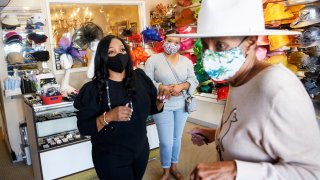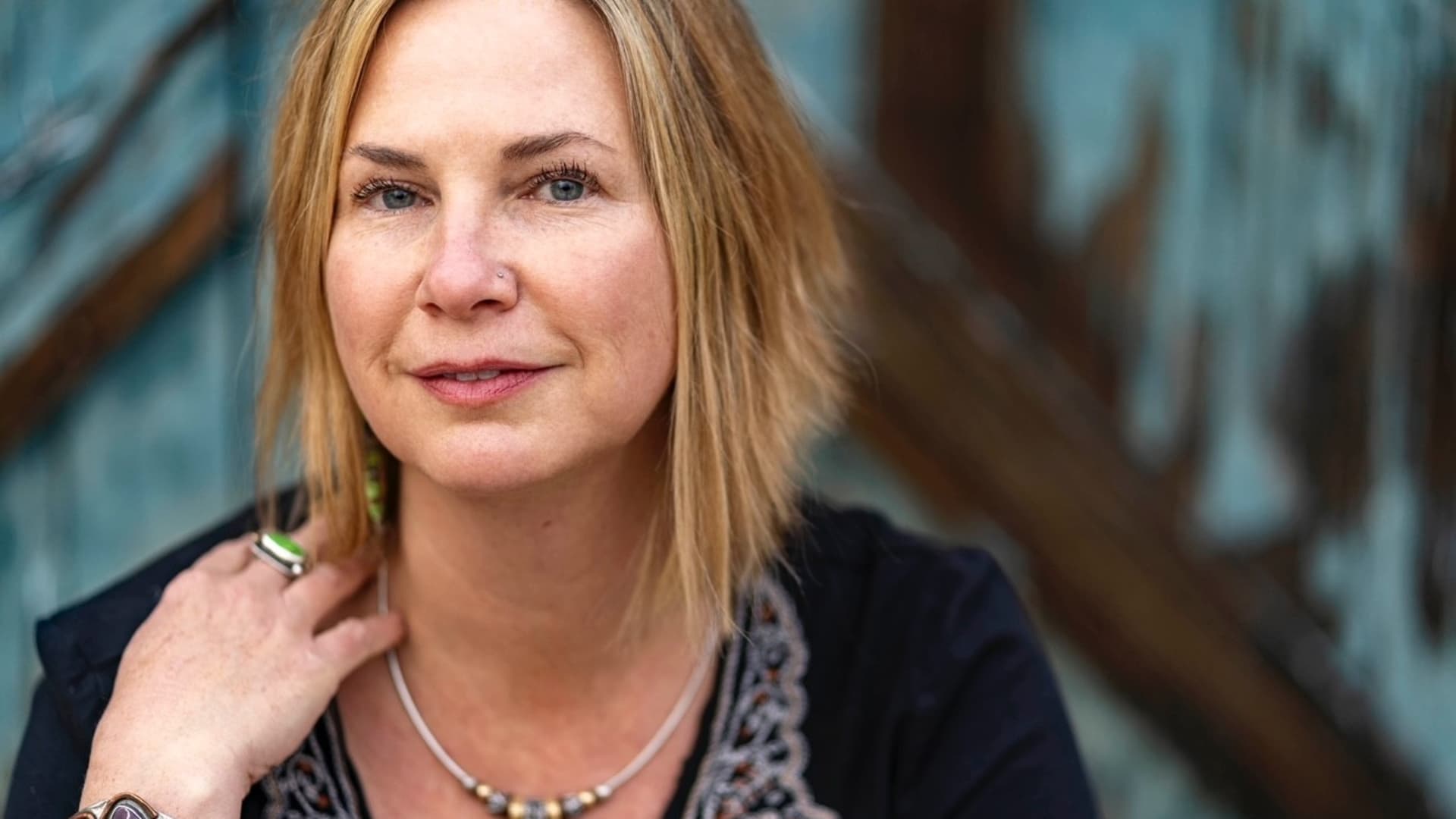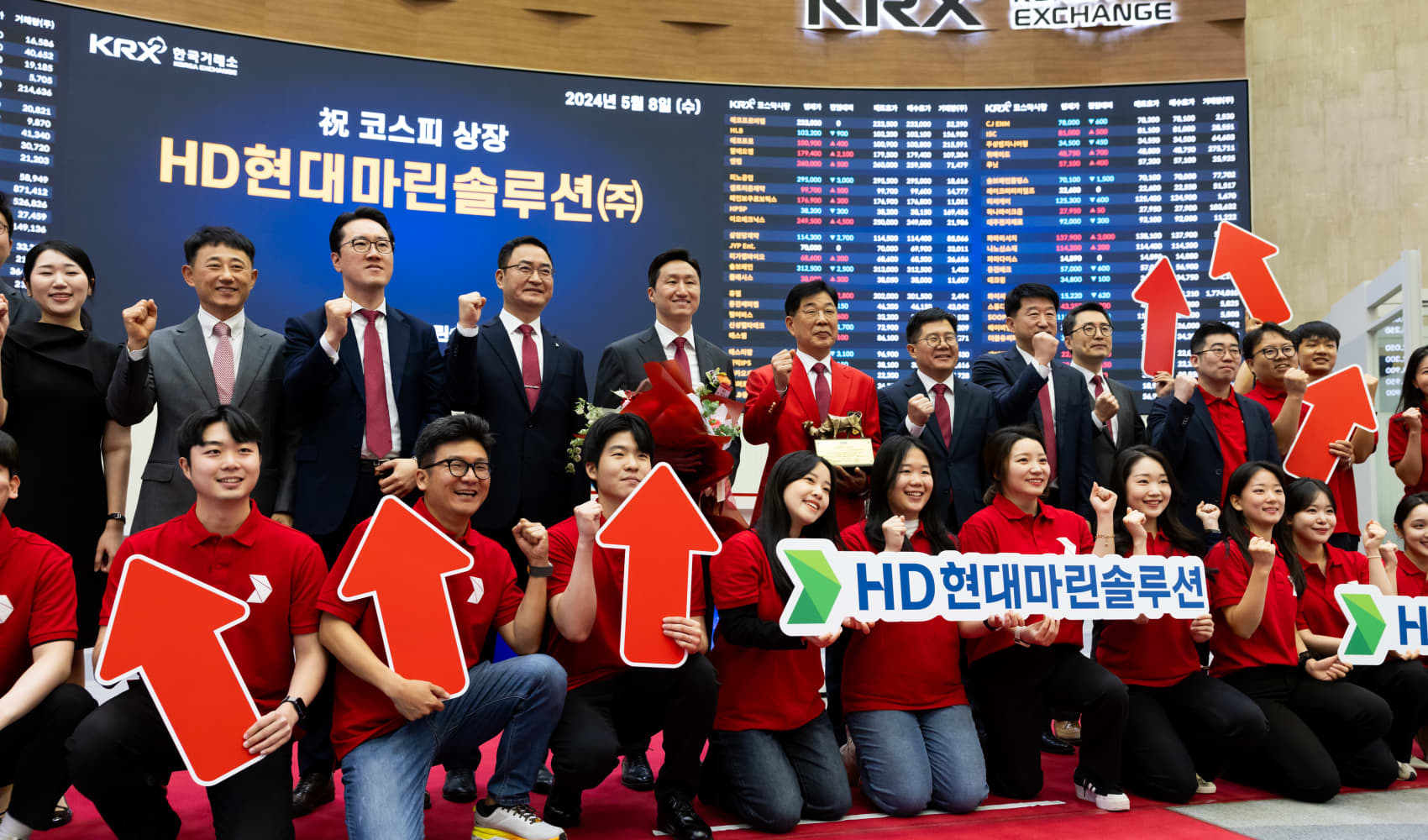
Small businesses are realizing they might not have much time to tap the Paycheck Protection Program as they thought.
That's because the money is running out.
Lawmakers overwhelmingly supported extending the PPP last month, moving the deadline to May 31 from March 31. The program, which was established by the CARES Act last year to provide small businesses with loans that are forgivable if mostly spent on payroll, reopened in January for a second round with more than $284 billion in funding.
More from Invest in You:
How much to expect to get from Social Security if you make $40,000
'Catch Me If You Can' con artist says this scam is making a comeback
Prevent tax return anxiety by following these steps
Get San Diego local news, weather forecasts, sports and lifestyle stories to your inbox. Sign up for NBC San Diego newsletters.
The American Rescue Plan passed in March appropriated an additional $7.25 billion to the PPP, bringing the total to nearly $292 billion.
As of April 5, the Small Business Administration, which oversees the program, has approved nearly 4 million PPP loans worth about $224 billion, according to the agency. That means about $68 billion is left.
The idea of money running out hadn't been top of mind, at least in this round of the program, until just before the extension passed. In a March 24 hearing before the Senate Committee on Small Business Entrepreneurship, Patrick Kelley, associate administrator at SBA's Office of Capital Access, noted that the PPP had about $79 billion left, which would be exhausted by mid-April if applications continued at a similar pace.
Money Report
Additionally, at the time the SBA had about 190,000 loans that were being held to address outstanding application issues, further drawing down remaining funds.
"This program actually is not going to, you know, continue on until May 30, as the money's going to run out," said Erik Asgeirsson, president and CEO of CPA.com, the business and technology arm of the American Institute of CPAs. "I don't think anybody knew that the money would run out until the SBA made that announcement."
The bumpy road of the PPP
The program, though it's helped millions of businesses keep employees on payroll, has been plagued with problems from the start, thanks to its swift rollout. The first round was quickly exhausted, and money went mostly to larger, more established businesses, leaving out the most vulnerable.
When the second round opened in January, smaller businesses were able to better access funding but processing times took longer as the SBA implemented new rules to combat fraud.
And, further changes led to more confusion. In February, the Biden Administration announced updates to the program's eligibility, a new loan calculation formula for sole proprietors and a two-week priority application window for businesses with fewer than 20 employees.
The aim was to help the smallest businesses, which are predominantly owned by women and people of color, get access to the forgivable funding. But, the timing of the new rules gave businesses little time to take advantage of them. In addition, sole proprietors that applied before the new loan calculation was announced were upset as the difference could be thousands of dollars in forgivable funding.
Extending the program gave these smallest firms more time to apply for the loans. Ending it too soon, or not allocating more funding, would mean more of the most vulnerable businesses would be left out.
"We are finally at a point of some equity for our hardest-to-reach, most underserved businesses," said Rebecca Shi, executive director of the American Business Immigration Coalition, which is calling for more funding as well as retroactive loan "top-ups" for sole proprietors.
To be sure, there are signs that the economy is improving and moving forward from the pandemic. The country added 916,000 jobs in March, and vaccinations are accelerating. In addition, there are other programs through the SBA that will help small businesses and have recently expanded, such as the Economic Injury Disaster Loan.
Still, that's not a reason to end the PPP and its forgivable loans, according to Shi, but perhaps to consider more targeted relief. The pandemic and its economic impact are far from over, especially for smaller firms that aren't benefitting in the so-called K-shaped recovery, said Shi.
More money, more changes
Now, lenders and borrowers are calling for further changes to the program. Those include more funding, letting small businesses get second loans and making the new loan calculation formula retroactive for sole proprietors.
If lawmakers do vote to top off the program, it will hopefully be sooner rather than later, according to Sam Sidhu, chief operating officer of Customers Bank in Wyomissing, Pennsylvania.
"When you feel that you're running against the clock, it creates that anxiety that existed in April of last year, which is 'I'm potentially not going to get this money,'" said Sidhu. By his estimation, somewhere between $100 billion and $150 billion would probably be enough funding for the PPP make it to May 31 with some money left over.
In the meantime, businesses that want to take advantage of the program — especially those that haven't gotten any PPP money — should apply as soon as possible.
"The businesses don't know that they have to hurry up, but they better hurry up," said Asgeirsson, adding that he's also worried that lenders will begin to close off their platforms as money runs out. "It's going to make people panic."
Sarah Foster, 49, runs a jewelry and design store in Prescott, Arizona, and is one of the sole proprietors who would have benefitted from the new loan formula. Foster applied for a second PPP loan as soon as she could this year and got about $5,250 in March.

If she'd waited just a few more weeks to apply under the new formula (which hadn't been announced when she sent in her paperwork) she'd have been eligible for about $14,000.
The difference in funding is especially important for small businesses like Foster's right now, as economies are slowly opening back up, she said.
"Ten thousand dollars or $20,000 for a small business could make or break them, because we're on the brink of vaccinations," she said.
SIGN UP: Money 101 is an 8-week learning course to financial freedom, delivered weekly to your inbox.
CHECK OUT: How to make money with creative side hustles, from people who earn thousands on sites like Etsy and Twitch via Grow with Acorns+CNBC.
Disclosure: NBCUniversal and Comcast Ventures are investors in Acorns.






